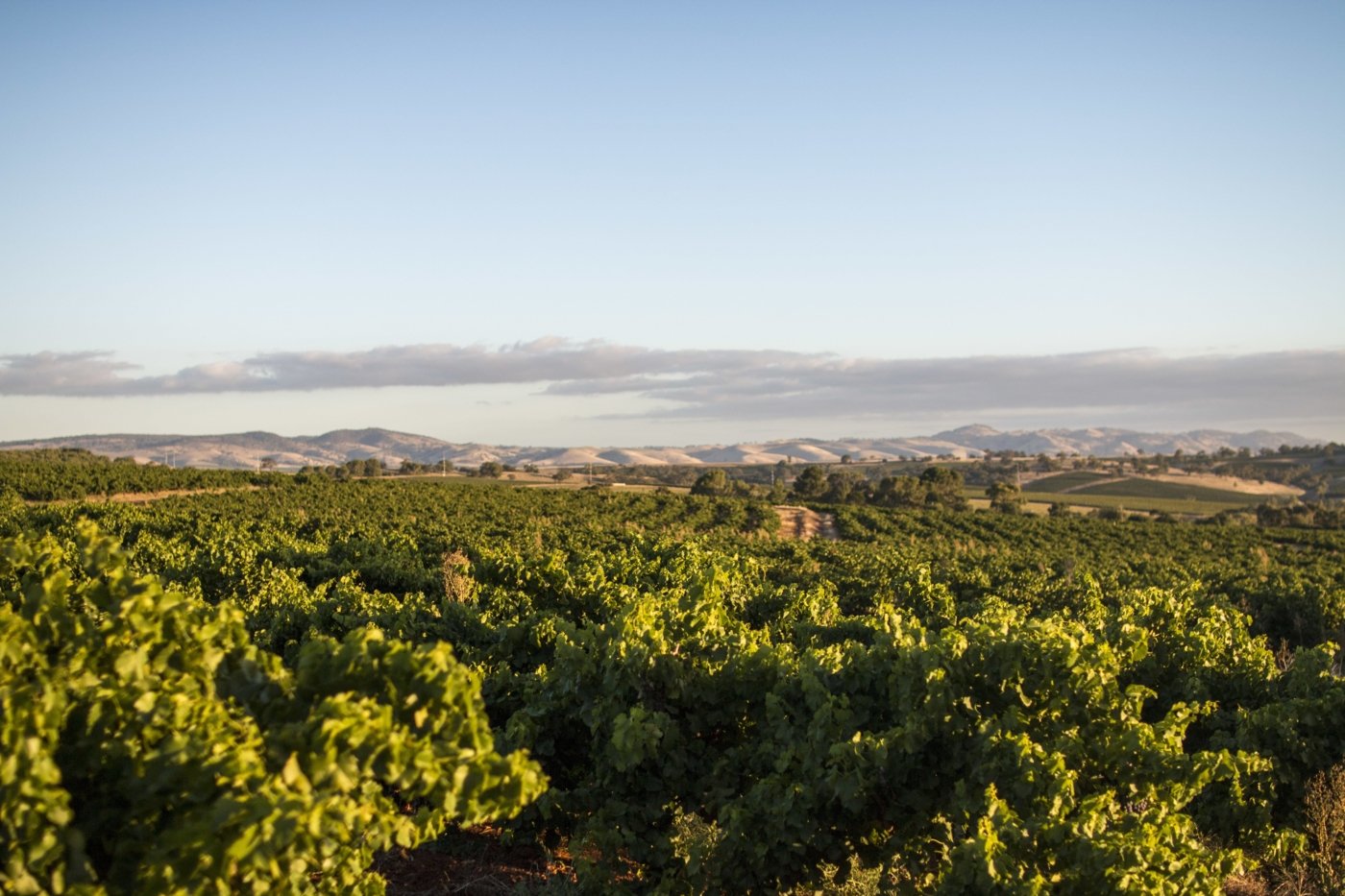In the 1920’s as England was readying itself to introduce a wine export bounty that many felt would benefit Australia - the opposite happened, kneecapping the country’s table wine market leaving it to concentrate on its fortified wine industry - Port, Sherry, Tokay, names that are no longer allowed today, were the lifeblood of Australia’s wine exports. Luckily, wine making families continued to produce table wine, great table wines at that, that were recognised as being on par with some of the greatest the old world produced - without the rules, bureaucracies, and politics that governed their European counterparts.
The industry continued, evolving, modernising silently from a far until 1976, when a competition in Paris shocked the wine world and rocked the establishment to the core. Dubbed ‘The Judgement of Paris’, it was a blind tasting of the best French and California Chardonnay and Cabernet, where in one fell swoop, California proved what many there had always believed… great wines can be made in the New World.
French vignerons like Chateau Lafite’s Portet family had sons migrate to California and Australia to pave their way and make their mark on these new lands, bridging the two continents even closer. With its abundance of sunshine, the New World’s wine regions were creating wines with consistency and fruit generosity - and now buoyed with optimism of no longer being considered second class citizens.
Ironically, this was the start a troubling times for the Barossa, when government bureaucracy coupled with corporate greed kicked off a knee jerk reaction of wanting to rip out some of the region’s (and world’s) oldest vines for lack of productivity. Although an old vine still produces fruit, it isn’t as vigorous as younger vines - the fruit they do grow tends to be more concentrated - but there’s a lot less of it. It also can’t be machine harvested and the vines themselves need a little extra TLC - all considered too troublesome for large companies wanting to export ‘sunshine in a bottle’ to eagerly awaiting wine drinkers around the world.
This galvanised passionate vignerons that knew the treasure trove that they had in their fields and kicked off a campaign to save these vineyards from bulldozers and losing a vital part of Australia’s pioneering history. These vineyards, visible as you drive through the region - the occasional kangaroo hoping through - are a constant visual reminder that this is not like any other place… and the wines the old vines produce, are certainly like non other.
Today the efforts of people like Peter Lehman, Grant Burge, Robert O’Callaghan, Charles Melton and so many more, fuelled a passion and pride that led to the Barossa coming into its own and honouring the vision that early settlers had. And although not all was saved, the Barossa today still has more 19th Century vineyards than any other place on earth.
If you're interested in one of our Barrossa Valley Wine Tours, please visit this link.




.jpg)




